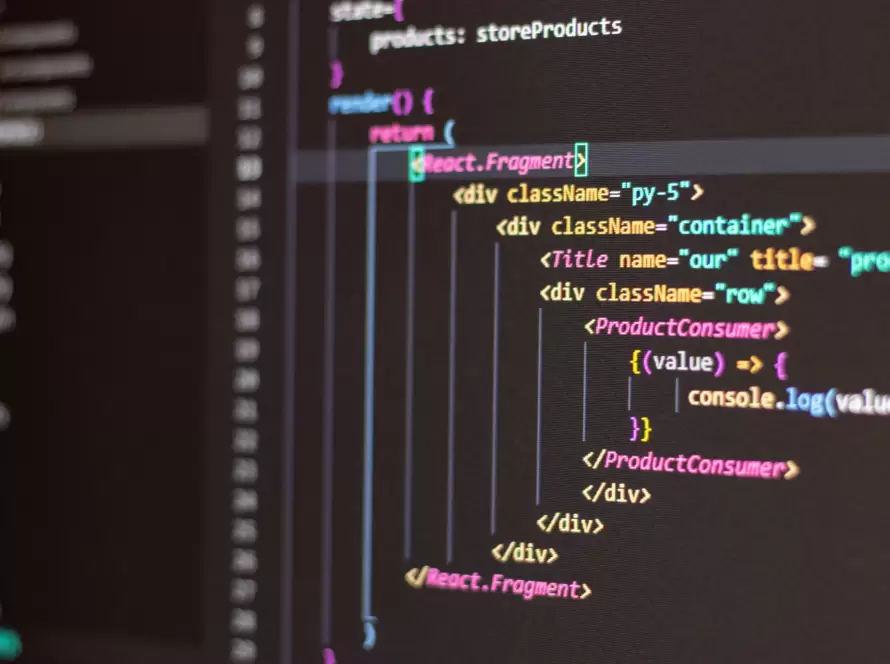Generated by Contentify AI

Integrating CSS preprocessors into projects has become an essential practice for modern web developers. These powerful tools allow for a more efficient and streamlined workflow, resulting in cleaner and more maintainable code. Understanding the benefits and best practices of utilizing CSS preprocessors is crucial for any aspiring web developer.
One of the main advantages of using CSS preprocessors is the ability to write modular and reusable code. With features like variables and mixins, developers can easily create stylesheets that are easier to manage and maintain. By defining variables for common values such as colors or font sizes, changes can be made in one place, reducing the risk of errors and saving valuable time.
Another key benefit is the ability to nest selectors, which helps in keeping the code organized and more readable. By nesting related selectors within each other, it becomes easier to understand the structure of the stylesheets and makes it less likely to have duplicate code. This also allows for more efficient targeting of specific elements and reduces the need for excessive class names.
CSS preprocessors also offer the ability to use functions and calculations, giving developers more flexibility in how they apply styles. This can be particularly useful when dealing with responsive design or complex layout calculations. By utilizing the power of preprocessors, web developers can create stylesheets that adapt to different screen sizes and devices, improving the overall user experience.
In conclusion, integrating CSS preprocessors into projects is a smart decision for any web developer. The benefits of modular and reusable code, nested selectors, and the ability to use functions and calculations cannot be overstated. By incorporating these tools into your workflow, you can enhance the efficiency and maintainability of your CSS code, resulting in better-designed websites and happier clients.
Key Takeaways
- CSS preprocessors like Sass and Less can be integrated into projects to improve the efficiency and organization of the CSS code.
- Preprocessors allow developers to use variables, mixins, and functions to write reusable and maintainable CSS code.
- Integrating preprocessors requires setting up a build system or task runner, such as Grunt or Gulp, to compile the preprocessor code into regular CSS during the development process.



